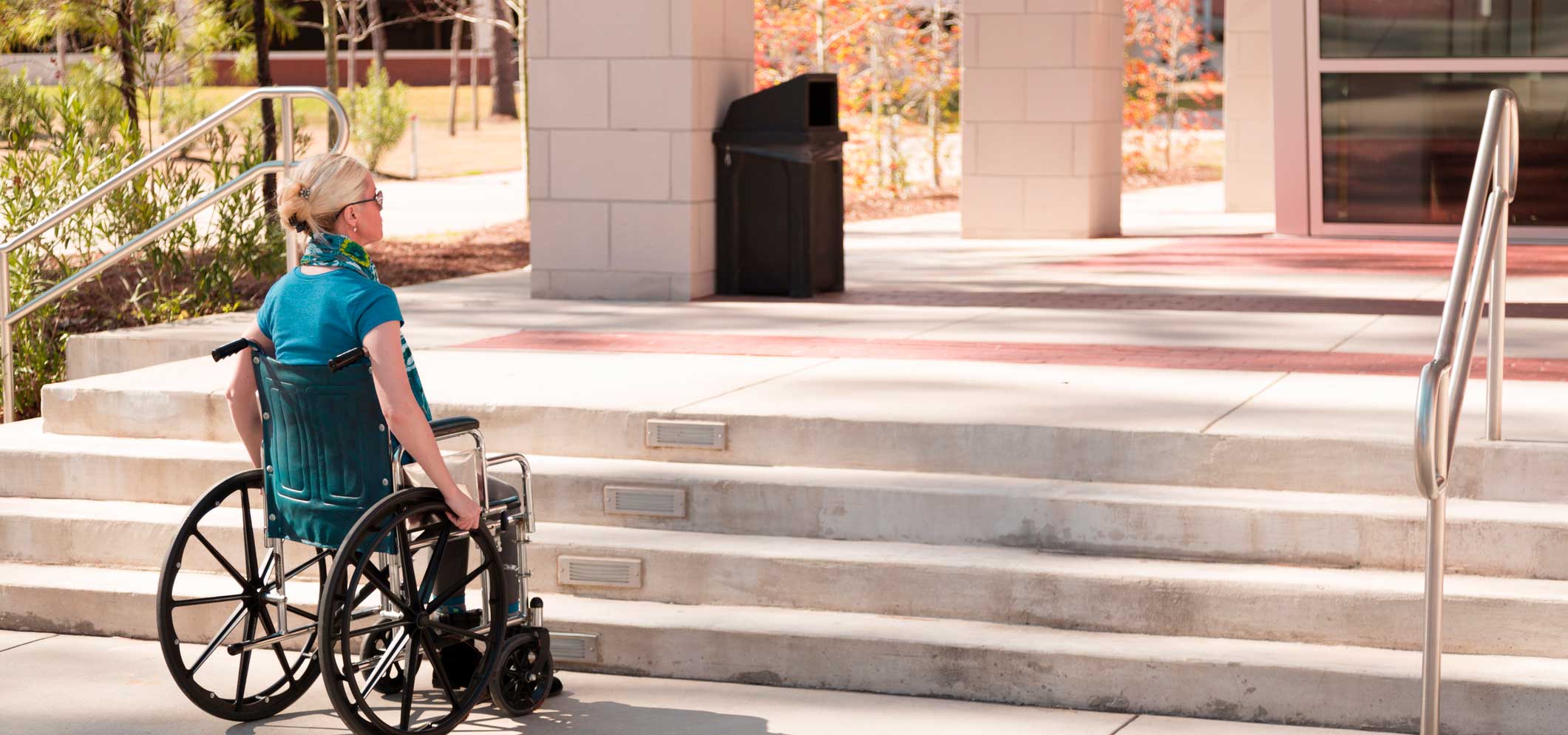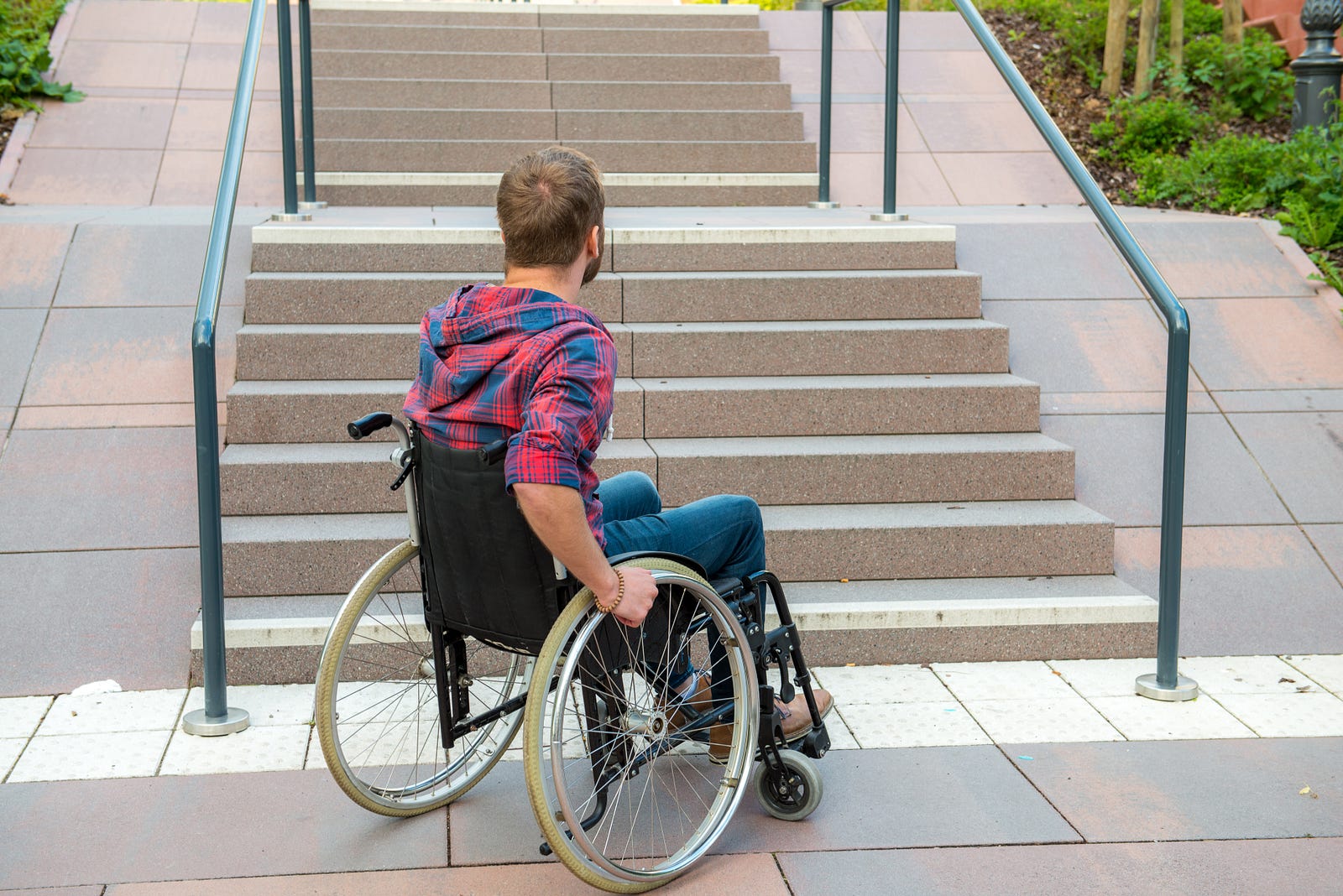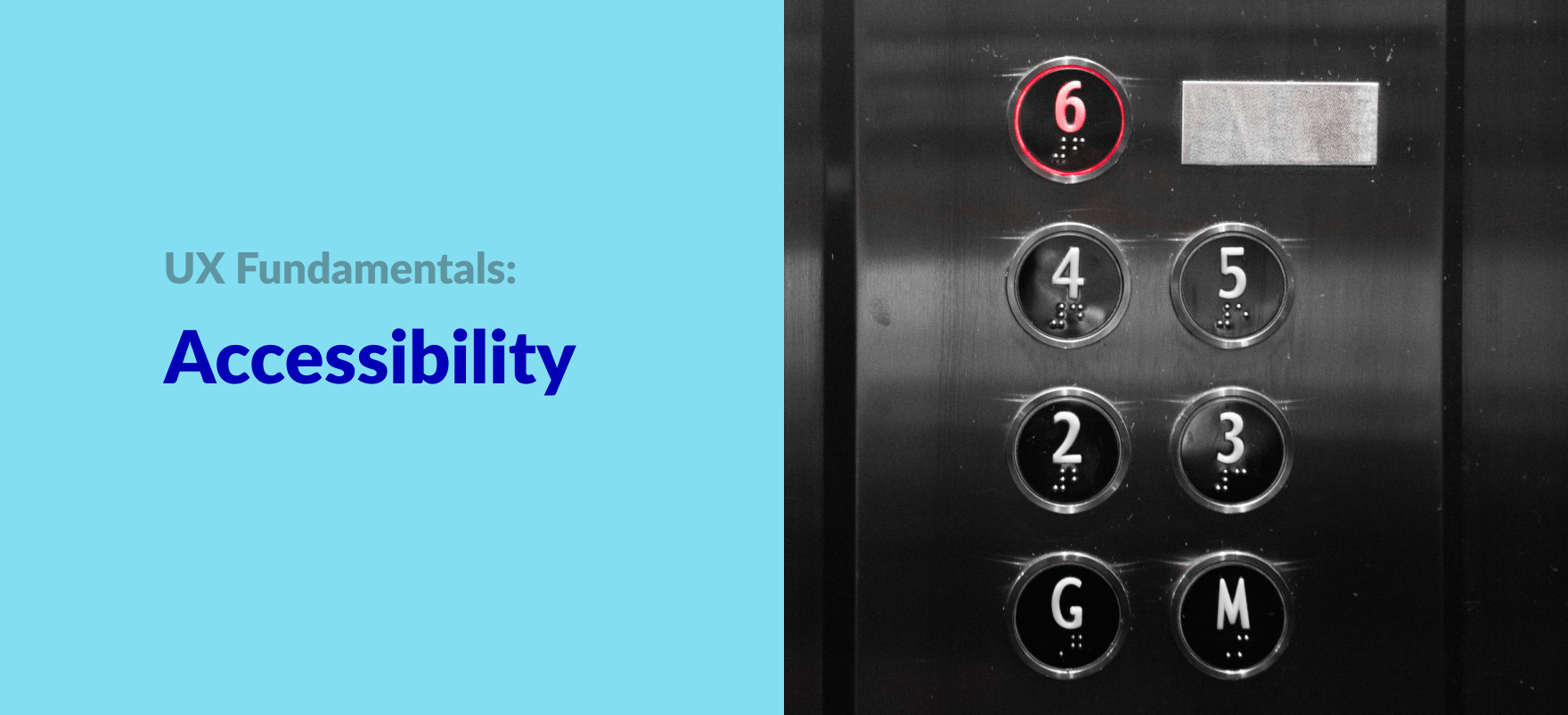Accessible Design vs Inclusive Design with Infographic
Table Of Content

Revolving doors, revolving gates, and turnstiles shall not be part of an accessible route. Walking surfaces that are a part of an accessible route shall comply with 403. Where a forward reach is unobstructed, the high forward reach shall be 48 inches (1220 mm) maximum and the low forward reach shall be 15 inches (380 mm) minimum above the finish floor or ground.
Cite according to academic standards
When designing with accessibility in mind, it is important to aim for the highest conformance level possible, while also considering the constraints and trade-offs involved in achieving that level. A transfer space complying with 305.2 and 305.3 shall be provided adjacent to the transfer platform. The 48 inch (1220 mm) long minimum dimension of the transfer space shall be centered on and parallel to the 24 inch (610 mm) long minimum side of the transfer platform. The side of the transfer platform serving the transfer space shall be unobstructed. The height of transfer platforms shall be 11 inches (280 mm) minimum and 18 inches (455 mm) maximum measured to the top of the surface from the ground or floor surface.
1 Clear Floor Space
At least 50 percent of shelf space in storage facilities shall comply with 811. Where a wheelchair space can be entered from the front or rear, the wheelchair space shall be 48 inches (1220 mm) deep minimum. Where a wheelchair space can be entered only from the side, the wheelchair space shall be 60 inches (1525 mm) deep minimum. Characters displayed on the screen shall be in a sans serif font.
6 Water Flow

The rear wall grab bar shall be 36 inches (915 mm) long minimum and extend from the centerline of the water closet 12 inches (305 mm) minimum on one side and 24 inches (610 mm) minimum on the other side. The side wall grab bar shall be 42 inches (1065 mm) long minimum, located 12 inches (305 mm) maximum from the rear wall and extending 54 inches (1370 mm) minimum from the rear wall. The seat height of a water closet above the finish floor shall be 17 inches (430 mm) minimum and 19 inches (485 mm) maximum measured to the top of the seat. The spout shall provide a flow of water 4 inches (100 mm) high minimum and shall be located 5 inches (125 mm) maximum from the front of the unit. The angle of the water stream shall be measured horizontally relative to the front face of the unit.
Improve accessibility with universal design—Here's how - American Veterinary Medical Association
Improve accessibility with universal design—Here's how.
Posted: Fri, 06 Oct 2023 07:00:00 GMT [source]
WCAG 2.2 breaks accessible design into POUR principles or perceivable, operable, understandable, and robust. That’s because people have different accessibility requirements. Trudy has been placed by the glass wall of the 50,000-square-foot exhibit hall called Dynamic Earth, one of two halls under construction at the museum, and scheduled to open in December.
Water closets and toilet compartments shall comply with 604.2 through 604.8. Turning space complying with 304 shall be provided within the room. The provisions of Chapter 6 shall apply where required by Chapter 2 or where referenced by a requirement in this document. The distance between horizontal projections and the bottom of the gripping surface shall be permitted to be reduced by 1/8 inch (3.2 mm) for each ½ inch (13 mm) of additional handrail perimeter dimension that exceeds 4 inches (100 mm). The radius of curvature at the leading edge of the tread shall be ½ inch (13 mm) maximum. Nosings that project beyond risers shall have the underside of the leading edge curved or beveled.
4 Door Swing

By employing inclusive design methodology and empathizing with diverse groups of people, designers can create products that are accessible to all. While there are definite differences in the approach of inclusive and accessible design, there are also a lot of similarities. Both are tools that empower designers to create digital products that can be used by the largest group of people, regardless of their current circumstances. This page introduces some of the web accessibility requirements for websites, web applications, browsers, and other tools. It provides references to the international standards from W3C Web Accessibility Initiative (WAI) and to stories of web users. In design research, co-creation and user testing, product teams should be sure to include people with disabilities in their design sprints.
Theoretically, this means that usability includes accessibility, since a product that is inaccessible is also unusable to someone with a disability; practically, however, usability tends not to specifically focus on the user experience of people with disabilities. Accessibility, on the other hand, is concerned with whether all users are able to access an equivalent user experience, however they encounter a product or service (e.g., using assistive devices). Unlike usability, accessibility focuses on people with disabilities. Some common types of disabilities that will benefit from accessible design include visual impairments, color blindness, motor disabilities, hearing impairments, cognitive impairments, and more. Each of these types of disabilities requires specific design considerations to ensure that the content is usable by individuals with diverse needs.
Diagonal or corner type curb ramps with returned curbs or other well-defined edges shall have the edges parallel to the direction of pedestrian flow. The bottom of diagonal curb ramps shall have a clear space 48 inches (1220 mm) minimum outside active traffic lanes of the roadway. Diagonal curb ramps provided at marked crossings shall provide the 48 inches (1220 mm) minimum clear space within the markings. Diagonal curb ramps with flared sides shall have a segment of curb 24 inches (610 mm) long minimum located on each side of the curb ramp and within the marked crossing. Where a clear floor or ground space allows a parallel approach to an element and the side reach is unobstructed, the high side reach shall be 48 inches (1220 mm) maximum and the low side reach shall be 15 inches (380 mm) minimum above the finish floor or ground.
Where handrails are provided on holes, the handrails shall not be required to comply with 505. Where curbs or other constructed barriers prevent golf cars from entering a fairway, openings 60 inches (1525 mm) wide minimum shall be provided at intervals not to exceed 75 yards (69 m). At least 25 percent of the railings, guards, or handrails shall be 34 inches (865 mm) maximum above the ground or deck surface. If a cash register is provided at the sales or service counter, locate the accessible counter close to the cash register so that a person using a wheelchair is visible to sales or service personnel and to minimize the reach for a person with a disability. Dining surfaces include, but are not limited to, bars, tables, lunch counters, and booths. Examples of work surfaces include writing surfaces, study carrels, student laboratory stations, baby changing and other tables or fixtures for personal grooming, coupon counters, and where covered by the ABA scoping provisions, employee work stations.
Between 9 inches (230 mm) and 27 inches (685 mm) above the finish floor or ground, the knee clearance shall be permitted to reduce at a rate of 1 inch (25 mm) in depth for each 6 inches (150 mm) in height. Space extending greater than 6 inches (150 mm) beyond the available knee clearance at 9 inches (230 mm) above the finish floor or ground shall not be considered toe clearance. Where toe clearance is required at an element as part of a clear floor space, the toe clearance shall extend 17 inches (430 mm) minimum under the element. Space under an element between the finish floor or ground and 9 inches (230 mm) above the finish floor or ground shall be considered toe clearance and shall comply with 306.2.
Comments
Post a Comment